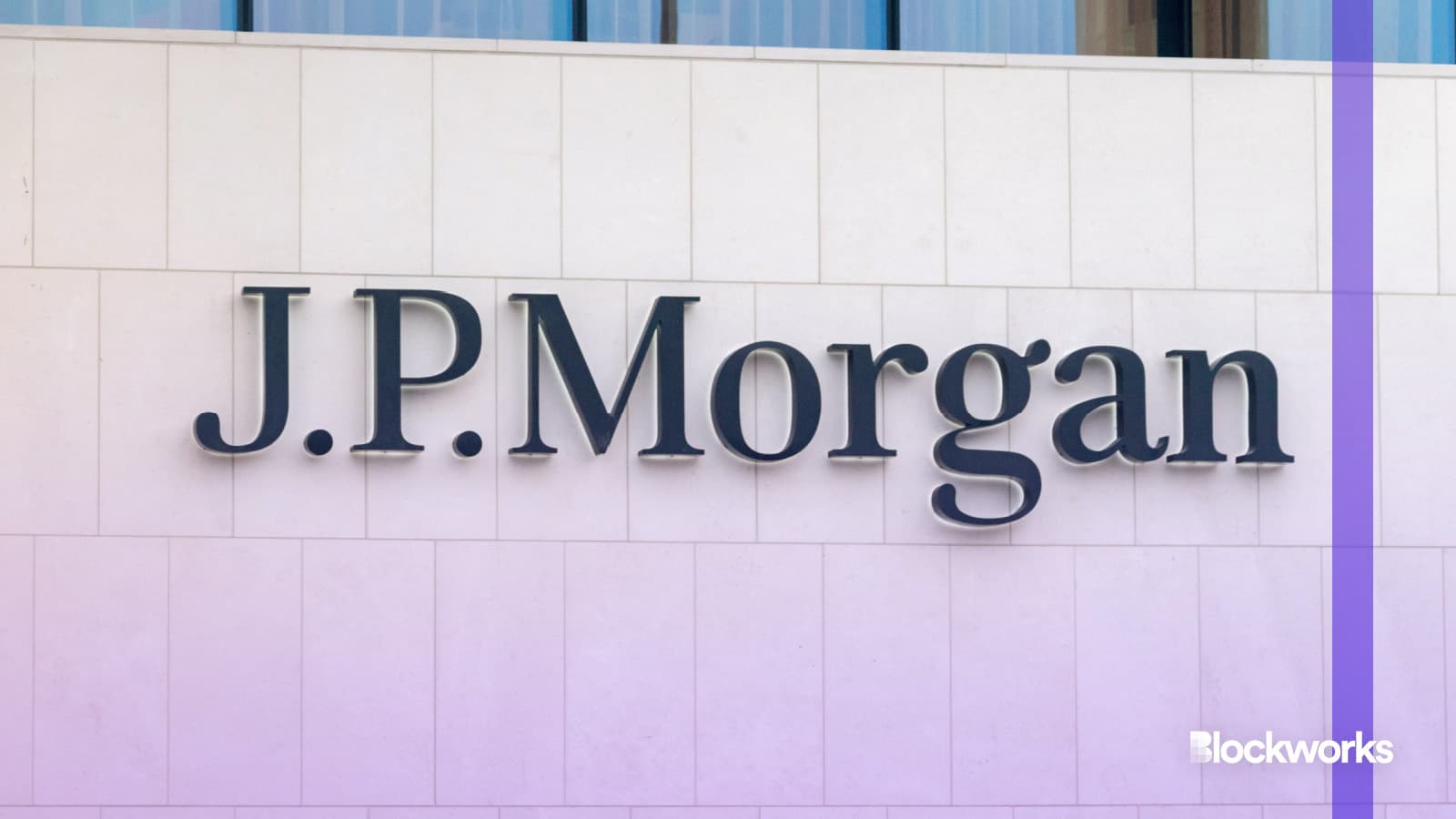JPMorgan tests tokenized portfolios with Avalanche blockchain tech
JPMorgan Onyx also tapped Axelar, Provenance Blockchain and Oasis Pro for its recent Project Guardian pilots

Robson90/Shutterstock modified by Blockworks
JPMorgan blockchain arm Onyx has collaborated with a suite of industry startups to create a proof of concept that could show how tokenization can help better manage financial assets.
The tests were carried out under the Monetary Authority of Singapore’s Project Guardian and was designed specifically to enable fund managers to tokenize their portfolios on chosen blockchains.
Wealth managers could also purchase and rebalance their positions across these different interoperable blockchain networks.
The blockchain stacks chosen for this proof of concept include Provenance Blockchain, JPMorgan’s own Onyx Digital Assets and Avalanche. Cross-chain communication protocol Axelar and issuance-slash-trading platform Oasis Pro also contributed to the initiative.
It is important to note that these transactions were done in a permissioned manner, meaning access was limited to a select few participants on private blockchain networks. So, the transactions won’t show up on public chain explorers such as Axelarscan, Mintscan or Snowscan, though example transactions are detailed in a recent JPMorgan and Apollo report.
Galen Moore, global communications lead at Axelar, told Blockworks that Axelar created a permissioned instance for connecting different chains by modifying its existing cross-chain configuration so that it was in alignment with the privacy and access management requirements set by the proof of concept.
“The purpose of this Project Guardian was to demonstrate a system that would allow a portfolio manager to manage a large number of discretionary portfolios comprising tokenized assets across multiple blockchains,” Moore said. “In that, it was successful.”
 How JPMorgan’s tokenized portfolios worked across multiple private blockchains
How JPMorgan’s tokenized portfolios worked across multiple private blockchains
It is uncertain whether public chains or mainnets will be involved in future deployments. Though this is the case, JPMorgan has been actively exploring possibilities in the blockchain technology space. Also for Project Guardian, JPMorgan processed tokenized foreign exchange trades on Polygon’s mainnet last year via a modified version of the permissioned DeFi platform Aave Arc.
Most recently, it gave institutional clients more programmability over its payment offerings on its blockchain-based accounts with the JPM Coin system, allowing users to set parameters around payments based on different requirements.
The bank has also been exploring on-chain digital wallets, allowing users to store and control digital identity on its platform.
“Consistent with the goals of Project Guardian, we believe our POC is a critical moment at the intersection between traditional finance and blockchain technology,” JPMorgan wrote in a report.
“We view our contribution to Project Guardian as the first step of a journey into the complex business of delivering higher quality discretionary investment portfolios in a thoughtful and efficient manner to improve the end investor’s experience and results.”
Get the news in your inbox. Explore Blockworks newsletters:
- The Breakdown: Decoding crypto and the markets. Daily.
- 0xResearch: Alpha in your inbox. Think like an analyst.






